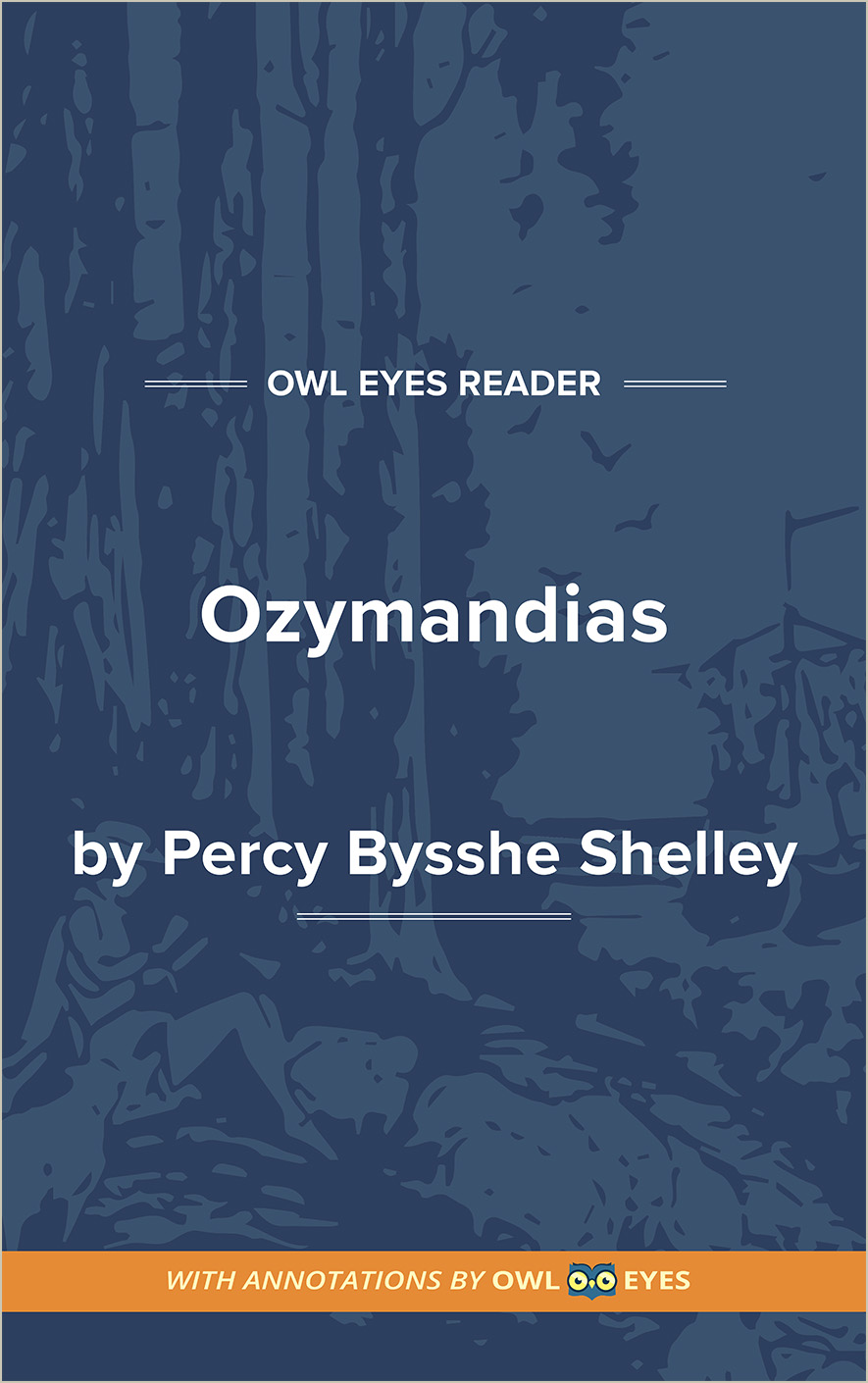Analysis Pages
Imagery in Ozymandias
The imagery in “Ozymandias” is vivid but limited in scope. The poem contains one central image: the shattered statue of Ozymandias, the Egyptian king. The physical characteristics of the statue convey the poem’s themes: the transient nature of human life, and the ultimate futility of fame, fortune, and power. Despite the “vast” and “colossal” proportions of the statue—indications of its former distinction—the figure is shattered and alone amidst an expanse of desert. The image of the “lone and level sands” represents the eventual fate of humanity, with each human represented by an anonymous grain. The crumbling statue is well on its way to such a state.
Imagery Examples in Ozymandias:
Ozymandias
🔒"Of that colossal wreck..." See in text (Ozymandias)
"stamped on these lifeless things..." See in text (Ozymandias)

